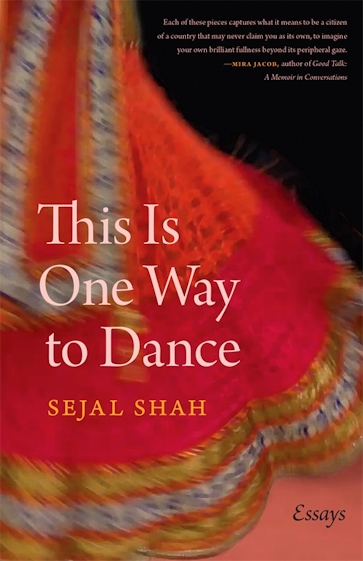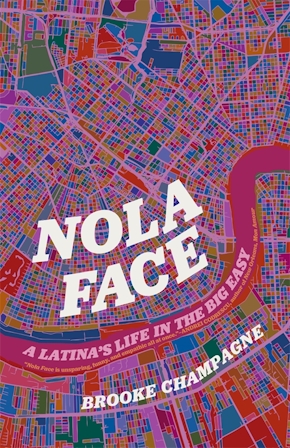This Is One Way to Dance
Essays
Title Details
Pages: 200
Illustrations: 1 b&w image
Trim size: 5.500in x 8.500in
Formats
Paperback
Pub Date: 06/01/2020
ISBN: 9-780-8203-5723-2
List Price: $23.95
eBook
Pub Date: 06/01/2020
ISBN: 9-780-8203-5724-9
List Price: $23.95
Related Subjects
BIOGRAPHY & AUTOBIOGRAPHY / Personal Memoirs
BIOGRAPHY & AUTOBIOGRAPHY / Cultural, Ethnic & Regional / Asian & Asian American
This Is One Way to Dance
Essays
Skip to
- Description
- Reviews
- Awards
In the linked essays that make up her debut collection, This Is One Way to Dance, Sejal Shah explores culture, language, family, and place. Throughout the collection, Shah reflects on what it means to make oneself visible and legible through writing in a country that struggles with race and maps her identity as an American, South Asian American, writer of color, and feminist. This Is One Way to Dance draws on Shah’s ongoing interests in ethnicity and place: the geographic and cultural distances between people, both real and imagined. Her memoir in essays emerges as Shah wrestles with her experiences growing up and living in western New York, an area of stark racial and economic segregation, as the daughter of Gujarati immigrants from India and Kenya. These essays also trace her movement over twenty years from student to teacher and meditate on her travels and life in New England, New York City, and the Midwest, as she considers what it means to be of a place or from a place, to be foreign or familiar.
Shah invites us to consider writing as a somatic practice, a composition of digressions, repetitions—movement as transformation, incantation. Her essays—some narrative, others lyrical and poetic—explore how we are all marked by culture, gender, and race; by the limits of our bodies, by our losses and regrets, by who and what we love, by our ambivalences, and by trauma and silence. Language fractures in its attempt to be spoken. Shah asks and attempts to answer the question: How do you move in such a way that loss does not limit you? This Is One Way to Dance introduces a vital new voice to the conversation about race and belonging in America.
—Michael Martone, author of Brooding
—Dinty W. Moore, author of Between Panic and Desire
—Kiran Desai, Man Booker Prize-winning author of The Inheritance of Loss
—Dawn Lundy Martin, author of Good Stock Strange Blood
—Mira Jacob, author of Good Talk: A Memoir in Conversations
—Kirkus Reviews
—Publishers Weekly
—Kelly Sundberg, Guernica
—Rudri Bhatt Patel, BOMB
—Victoria Chang, Los Angeles Times
—Amit R. Baishya, World Literature Today
—Laura Sackton, Book Riot
Runner-up
IPPY Awards, Independent Publisher Magazine
Runner-up
Indies of the Year, Foreword Reviews
Winner
Most Anticipated Memoirs of the Year, She Reads



